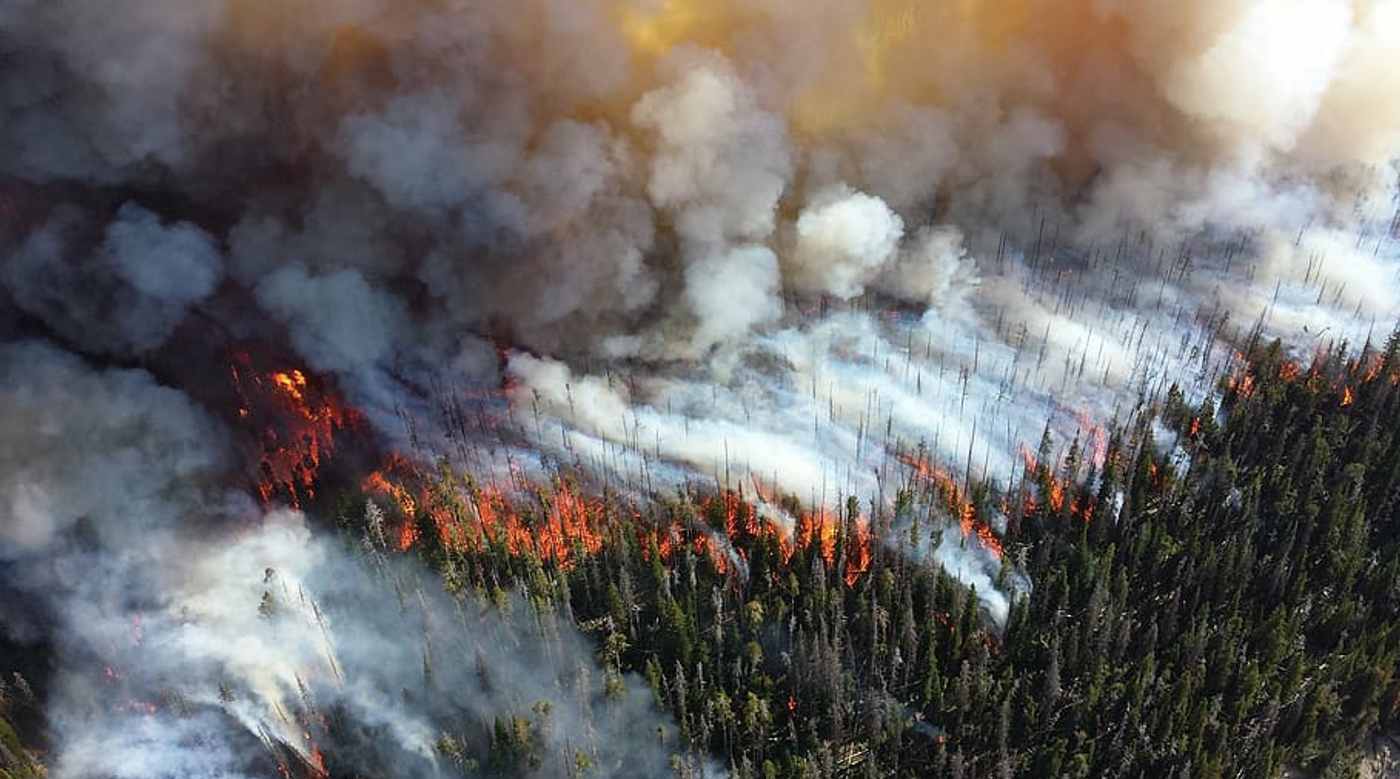Unprecedented Heat Batters Western Canada, Kills Hundreds
The heat wave that has been devastating communities in western Canada and the Pacific Northwest of the United States may be the most extreme ever recorded. That's not climate change fear-mongering; records were smashed by unprecedented margins. Hundreds of people have died of hyperthermia, and while the true toll is yet to be known, it's the deadliest weather event (on record) that the region has experienced.
In recent years, climate researchers have been able to show that human-caused climate change is affecting the weather. As temperatures in general gradually warm, extreme weather events including heat waves, droughts, and intense hurricanes get worse.
In some parts of the planet, these effects will be felt more acutely than others. In many cases, it will be indigenous or disadvantaged communities that will bear the brunt of climate change.
Lytton, British Columbia, for example, might be at the epicenter of this recent heat event; it was there that Canada's national heat record was demolished on Sunday, June 27; the old record was 45 degrees Celsius (113 degrees Fahrenheit), it became 46.6°C (116°F) for only one day, then it was broken again at 47.9°C (118.2°F), and finally, on Tuesday, the temperature in Lytton climbed to 49.6°C (121°F), Canada's new national record.
Lytton is home to the Nlaka'pamux Nation, and over 1,000 residents of the town had to flee with virtually no warning after a fire swept through. Almost the entire town has been destroyed, according to John Haugen, acting Chief of Lytton First Nation. “It’s been catastrophic,” he said. “We lost our emergency health clinic, our hotel, our RCMP detachment, our grocery store; it’s all gone.” Provincial authorities said most homes have burned down.
Just before the blaze struck, residents of the town first noticed fire along rail tracks. Officials are working to determine whether a train sparked the blaze.
The region is dry from drought, and it's also been subjected to insane lightning storms that have stunned even seasoned meterologists.
Dry thunderstorms can produce pyrocumulonimbus clouds. These storms generated around 600,000 intracloud and over 100,000 cloud-to-ground lightning strikes in 15 hours. That's around five percent of all the lightning that Canada experiences in a typical year.
“This is the most anomalous regional extreme heat event to occur anywhere on Earth since temperature records began. Nothing can compare,” said weather historian Christopher Burt, author of the book “Extreme Weather.”
When it comes to Lytton, “There has never been a national heat record in a country with an extensive period of record and a multitude of observation sites that was beaten by 7°F to 8°F.”
Though the dry conditions are caused by ongoing drought, a heat dome caused these extreme temperatures. Heat builds in dry, calm air, and high pressure, in this case very high pressure, forces that atmospheric heat downward. As it's compressed, that air gets even hotter.
This air mass has caused the jet stream to divert, which has a kind of feedback loop effect that holds the heat in place. Temperatures have cooled from the extremes, but the region is still above average.
Sources: Yale Climate Connections, The Globe and Mail









